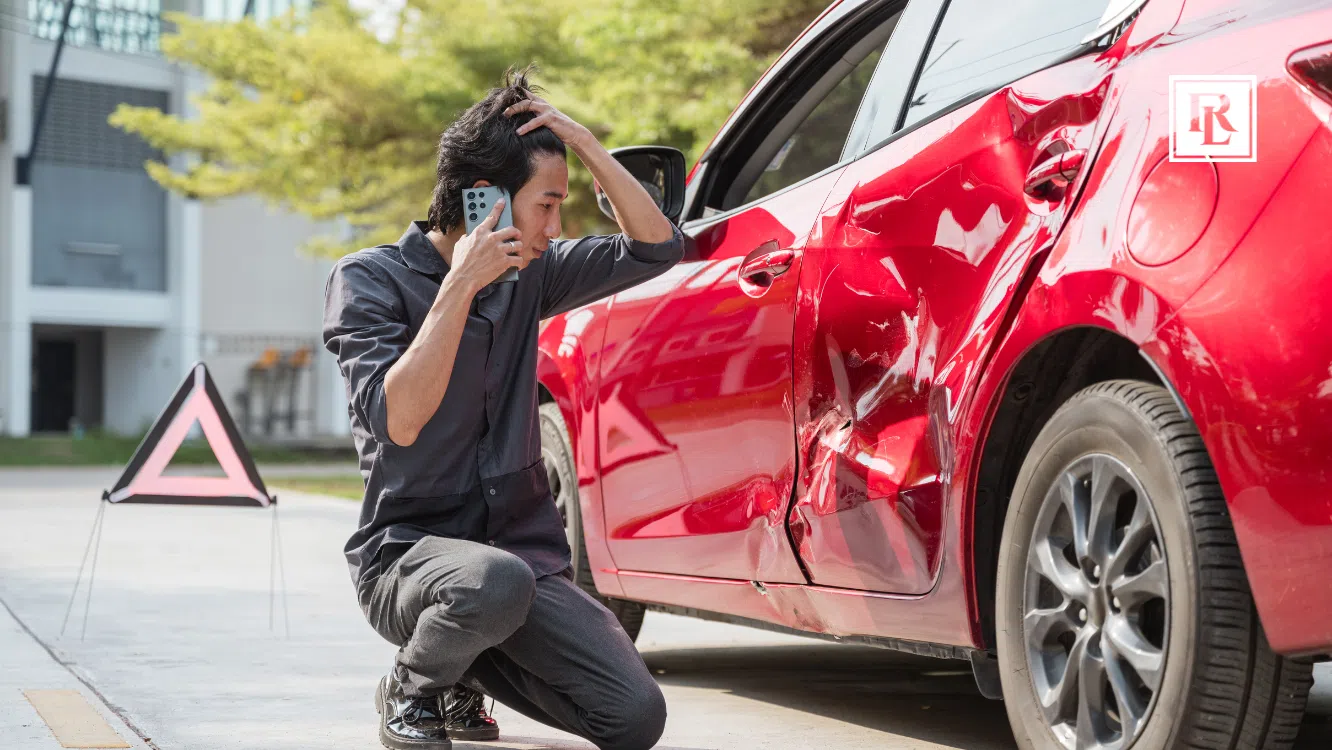Several serious traffic incidents including car accidents and serious injuries across the globe occur due to distracted driving. While it isn’t entirely surprising, it is certainly something to consider. What causes drivers to get distracted? What are the major struggles a driver may go through behind the wheel? Even minor negligence at times can cause catastrophic incidents that leave their marks on people’s lives for years.
So, here are some of the most common distractions while driving.
Understanding the Categories of Distracted Driving
- Visual distractions
- Manual distractions
- Cognitive distractions
5 Most Common Distractions
Having Conversations While Driving
Drivers who converse while driving can pose a threat to themselves and their passengers. It can include various instances. For example, a parent arguing with a child, a couple arguing with each other or just a cab driver indulging in conversation with a passenger.
Such circumstances can take a driver’s focus off the road. These types of situations can come under cognitive distractions. This is because they cause the driver to involve in other tasks requiring their attention instead of focusing solely on driving.
Cognitive Detachment
Many drivers fail to focus on the task at hand due to different reasons. Sometimes, it could even be due to excessive daydreaming or thinking about a stressful situation continuously. Drivers who are extremely exhausted can also find it hard to focus their attention on driving. Whether it’s from lack of sleep or just from an overactive mind, distracted driving can lead to tragic outcomes.
Using Cell Phone
Most drivers are guilty of this one, even if it doesn’t lead to a car accident. It isn’t entirely surprising how distracted driving incidents increased majorly after the advent of cellphone-related technology. No wonder fatal accidents due to distraction are on the rise across the globe.
Using a cell phone while driving may seem like a harmless task at the given moment. However, it is one of the most dangerous distractions since it falls under all three categories. It is a visual, manual, and cognitive distraction altogether.
Looking For Something Inside the Vehicle
Drivers often fail to recognize that they’re engaging in potentially harmful tasks even if they don’t seem as such. For example, locating something inside the vehicle while driving can take their eyes off the road for quite a while.
Then, fishing through a bag for a cell phone or using their hands for another task can also cause them to lose control of the car. In fact, these account for almost 2% of all accidents involving distracted driving.
Here are some more actions that also come in the same category:
- Eating or drinking something
- Lighting a cigarette
- Adjusting the control settings of a vehicle
- Adjusting the rear-view mirror
- Looking for something in the dashboard, etc.
Drivers often fail to recognize that a small instance of distraction can lead to many civil liabilities to pay for the victim’s damages. There are criminal charges and various other hassles involved in the event of such an accident. Nonetheless, every action that leads to distracted driving can have tragic consequences for the driver and the victim.
Furthermore, if the victim seeks the help of an experienced motor vehicle accident lawyer, it can further weaken the driver’s position.
External Events
External events comprise events that occur outside the vehicle. These events may seem minor and not even worth paying attention to. However, even something as small as turning your head while driving can be extremely dangerous. Sometimes, drivers lose their focus in an attempt to look at something that catches their attention.
What to Do If There Is a Distracted Driving Accident
It goes without saying staying focused is extremely important while driving. Whether it is a billboard or a notification on the phone, managing distractions while driving should be every driver’s priority.
However, in case an accident of this sort has occurred, there are ways you can go about it as a driver or a victim. First and foremost, do not try to flee from the situation.
If you’re a victim, take note of everything relevant to the accident. This could include:
- The driver’s appearance
- The vehicle’s details
- A description of the driver’s body language at the time of the accident, and much more.
Hire a Car Accident Lawyer
If you’re a victim looking to seek compensation for your injuries, you may require a professional’s assistance. This is where Rob Levine 20 years of experience comes in. Our lawyers have helped various clients seek benefits and compensation in different capacities.
If you or someone you know has been a victim of a distracted driving accident, know that you are eligible for compensation. The best way to seek it is through our auto accident lawyer, who will compile and present evidence on your behalf so you can access what is rightfully yours. Call us now at Rob Levine for a consultation.





